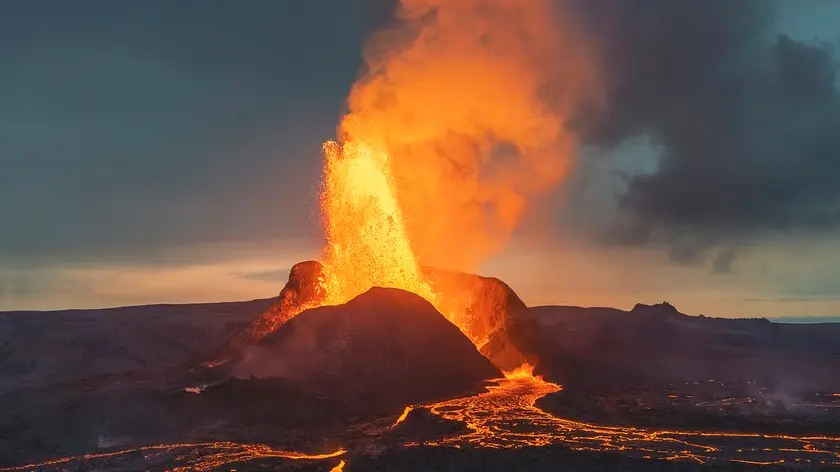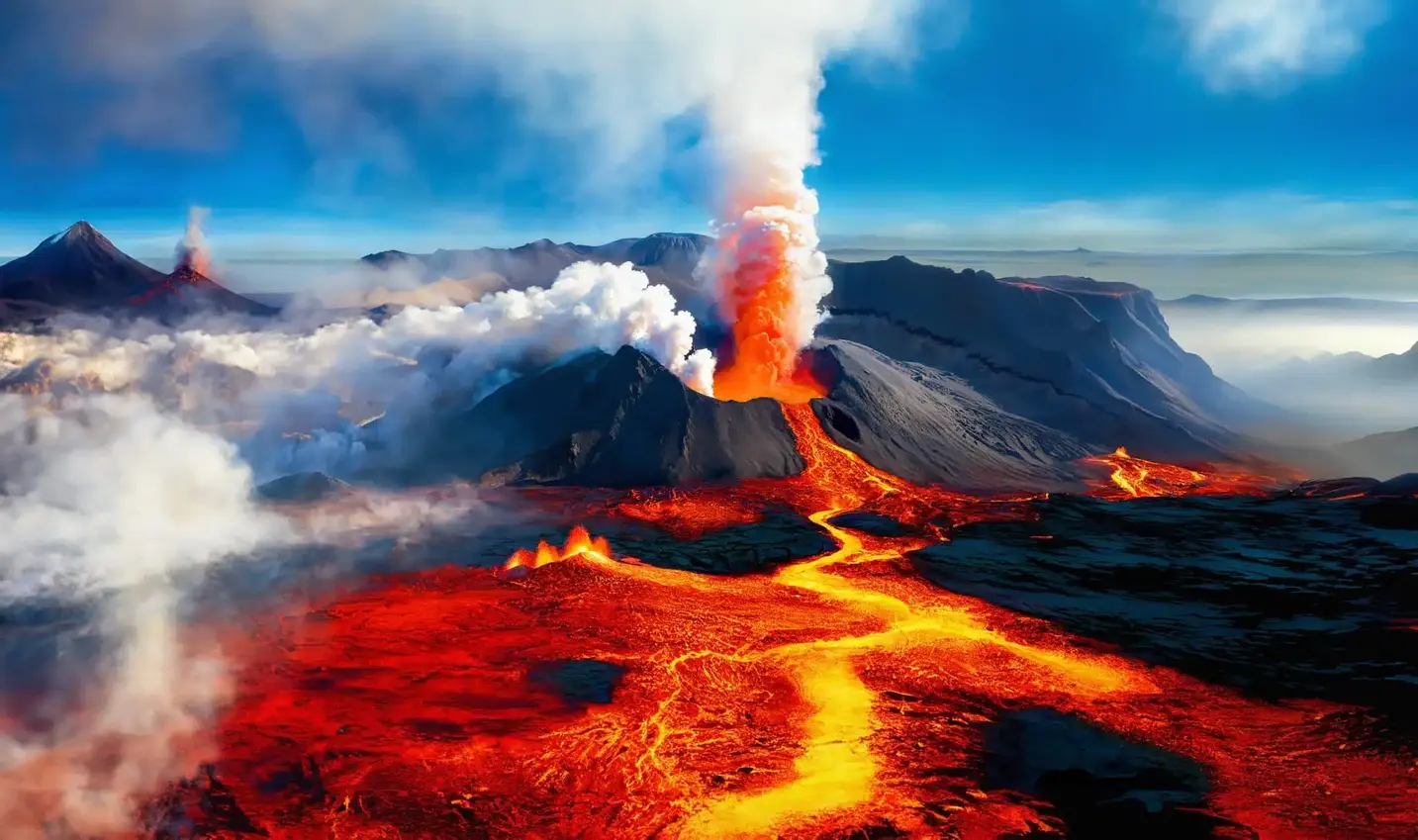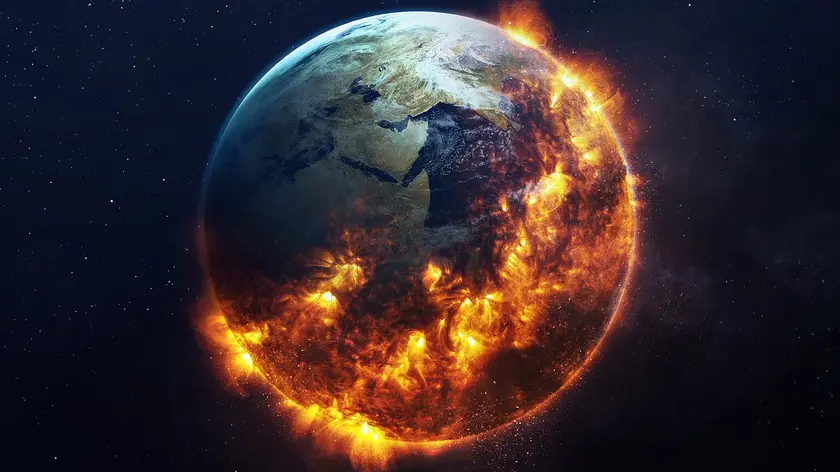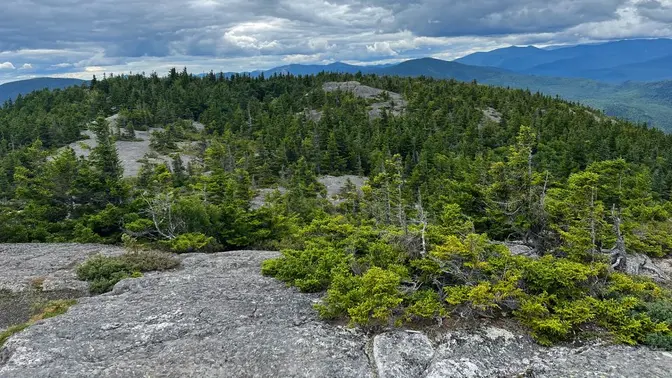T4K3.news
Rapid CO2 rise could trigger mass extinction
New analysis links the speed of CO2 emissions to a potential sixth mass extinction, warning that rate matters as much as total emissions.

A long form analysis argues that the speed of CO2 input could push the planet toward a mass extinction, mirroring ancient crises.
Earth stands on a precipice as CO2 surge threatens sixth mass extinction
MIT scientist Daniel Rothman studies the carbon cycle and shows how mass extinctions happened when CO2 hammered the atmosphere and oceans in geologically short bursts. He points to Earth’s history, where continent-spanning eruptions dumped huge CO2 amounts, throwing the system out of balance and triggering runaway changes that took hundreds of thousands of years to recover. The end Permian crisis stands as a stark example: the Siberian Traps released vast CO2, warmed the world, and left oceans acidic and starved of oxygen. The article emphasizes that it is the rate of change, not the absolute amount, that matters for whether life can adjust.
The piece contrasts ancient Lips with today’s industrial system. It argues humans now emit CO2 at a pace perhaps ten times faster than the most violent ancient eruptions, challenging the planet’s buffers and potentially triggering tipping points. While Earth can absorb CO2 over millennia, the current surge risks overwhelming those slow feedbacks. The conclusion invites readers to connect science with policy and daily choices, to prevent a trajectory that ends in ecological collapse."
Key Takeaways
"The burning of coal would have represented an uncontrolled and catastrophic release of energy from Earth's planetary fuel cell."
End-Permian extinction description in the piece
"You can rule the lavas out."
Seth Burgess on ruling out lava as the extinction trigger
"A climate of unparalleled malevolence."
Paul Wignall on the Permian crisis description
"The planet started burning fossil fuels."
Mechanism for CO2 rise described in the article
The article blends deep geology with modern risk to make a moral argument about civilization’s path. It centers the idea that rate drives fate, linking industrial capitalism to planetary thresholds. A key tension is whether society can decarbonize quickly enough without triggering backlash from industry or politics. The analysis calls for policy that reduces emissions fast while strengthening resilience, not empty promises.
Another takeaway is the power of history as a guide. The Permian tragedy shows how quickly Earth’s systems can flip when CO2 escapes the crust. That history should sharpen how we frame today’s climate debate: it is not just about limits on emissions, but about the speed at which those emissions are delivered and absorbed. The piece argues this is a test of collective will as much as scientific understanding.
Highlights
- Rate is the cliff edge for the carbon cycle
- We burn fossils, then watch the clock run out
- Planetary buffers have limits we are racing past
- History warns that speed can kill ecosystems
Political and economic backlash risk over climate alarm
The piece ties mass extinction risk to fossil fuel use and capitalism, a sensitive political topic that could spur backlash from industry groups or policymakers.
The next chapter will be written by choices made today, not by history alone.
Enjoyed this? Let your friends know!
Related News

Mysterious blobs under Earth may trigger major volcanic eruptions

Supervolcano eruption may threaten global civilization

Scientists warn of disaster from Earth's spinning speed increase

Cloudbursts test resilience in South Asia

West Nile risk now high in 10 Massachusetts communities

Monster Hunter Wilds Patch Arrives

Southern Ocean's circulation shows unexpected reversal

Warren Buffett sells $3.2 billion in bank stocks
